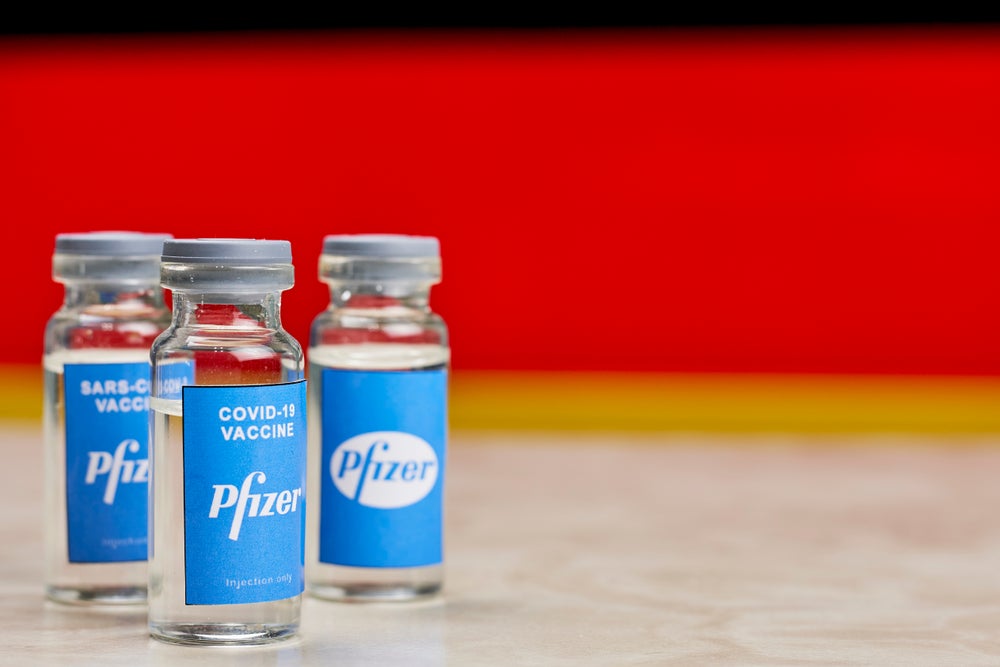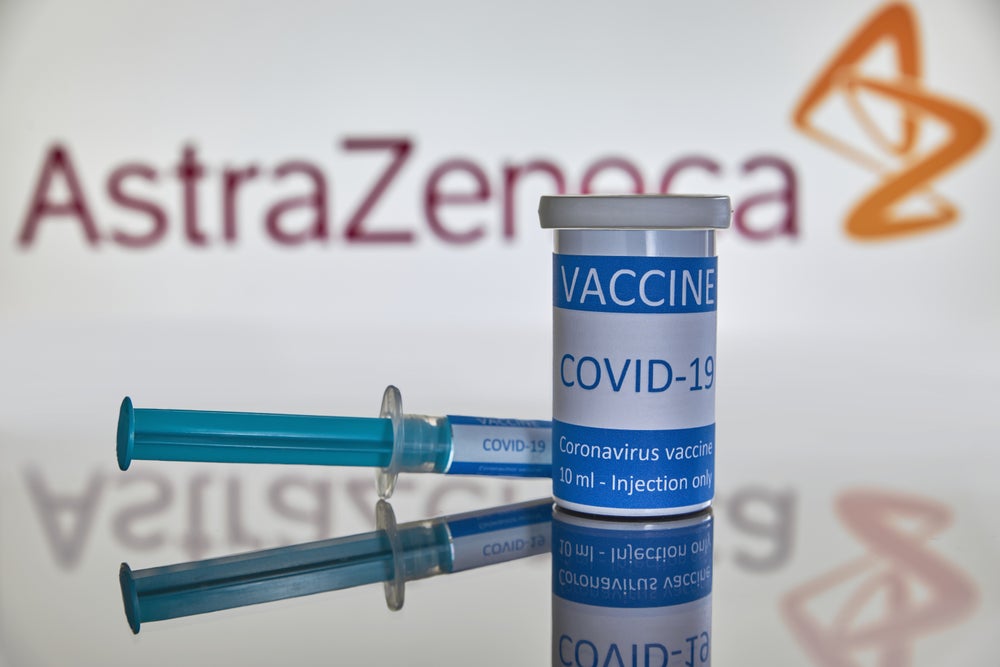Latin Americans will have access to immunizations from Pfizer / BioNtech and AstraZeneca / Oxford, Moderna.
3 min read
Vaccination against COVID-19 began a few weeks ago in countries such as Mexico, Colombia and Argentina , hoping to reduce the death rate in the region and achieve the much desired "herd immunity" that would allow us, in theory, to resume activities normal daily lives and reactivate the economy.
The governments of the countries of the region have signed agreements with the main pharmaceutical companies to supply vaccines to their population, once they are authorized for emergency use . But what are the differences between each one?
These are the characteristics of each one.
RNA vaccines

Image: Depositphotos.com
The Pfizer / BioNtech and Moderna immunizations are based on 20-year-old technology for use in the treatment of various types of cancer. It involves the use of messenger RNA, which in very simple terms, teaches the cells of the human body to produce a protein that makes the immune system react in accordance with SARSCov2, the virus responsible for COVID-19.
- Pros: These immunizations have a very high success rate, nearly 95% according to the FDA .
- Cons: The big problem with the Pfizer vaccine is that it must be stored in a cold of at least -70 ° C. Moderna's can last 30 days at a temperature of up to 8 ° C, but it must be frozen to -20 ° C if it is stored for more days. This raises its price compared to other options.
Traditional vaccines

Image: Depositphotos.com
The Oxford / AstraZeneca and Russian Sputnik V proposals use a more traditional methodology that uses an attenuated version of the virus.
In the case of AstraZeneca's vaccine, a genetically altered virus with a coronavirus protein is used to activate the body's immune response.
For its part, Sputnik V uses two different types of adenoviral vectors, viruses responsible for the common human cold.
- Pros: They are much easier and cheaper to produce and transport as they can survive in standard refrigerators for up to six months, in the case of the AstraZeneca vaccine.
- Cons: Its effectiveness rate is lower than the Pfizer and Moderna proposals, reaching 70% . However, under proper conditions you can reach 90 percent.
Are more vaccines coming?

Image: Depositphotos.com
It should be noted that these four vaccines that are already used in various Latin American countries are not the only ones expected this year. Johnson & Johnson, Sinovac and Sanofi are developing other proposals, while China is also developing its own vaccine.
Information in permanent development ...
"between" - Google News
January 13, 2021 at 12:30AM
https://ift.tt/2XvPULA
What are the differences between the top three COVID-19 vaccines? - Entrepreneur
"between" - Google News
https://ift.tt/2WkNqP8
https://ift.tt/2WkjZfX
Bagikan Berita Ini















0 Response to "What are the differences between the top three COVID-19 vaccines? - Entrepreneur"
Post a Comment